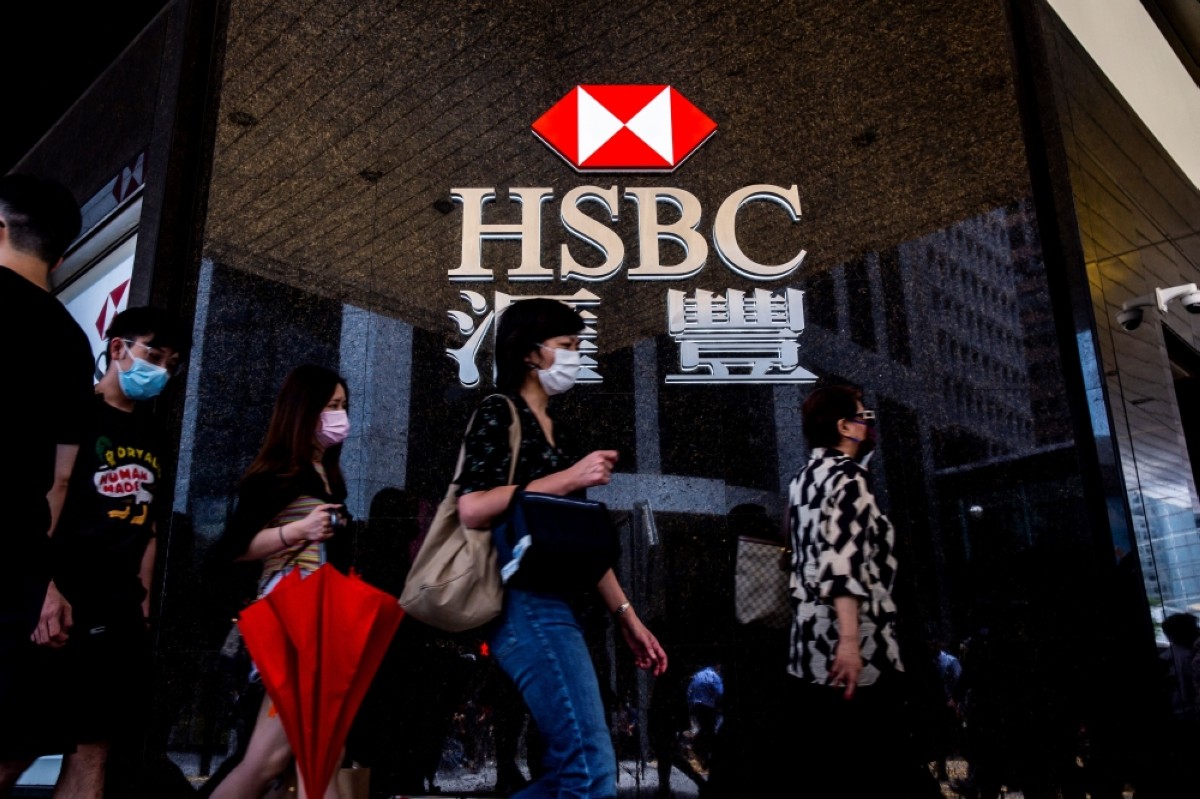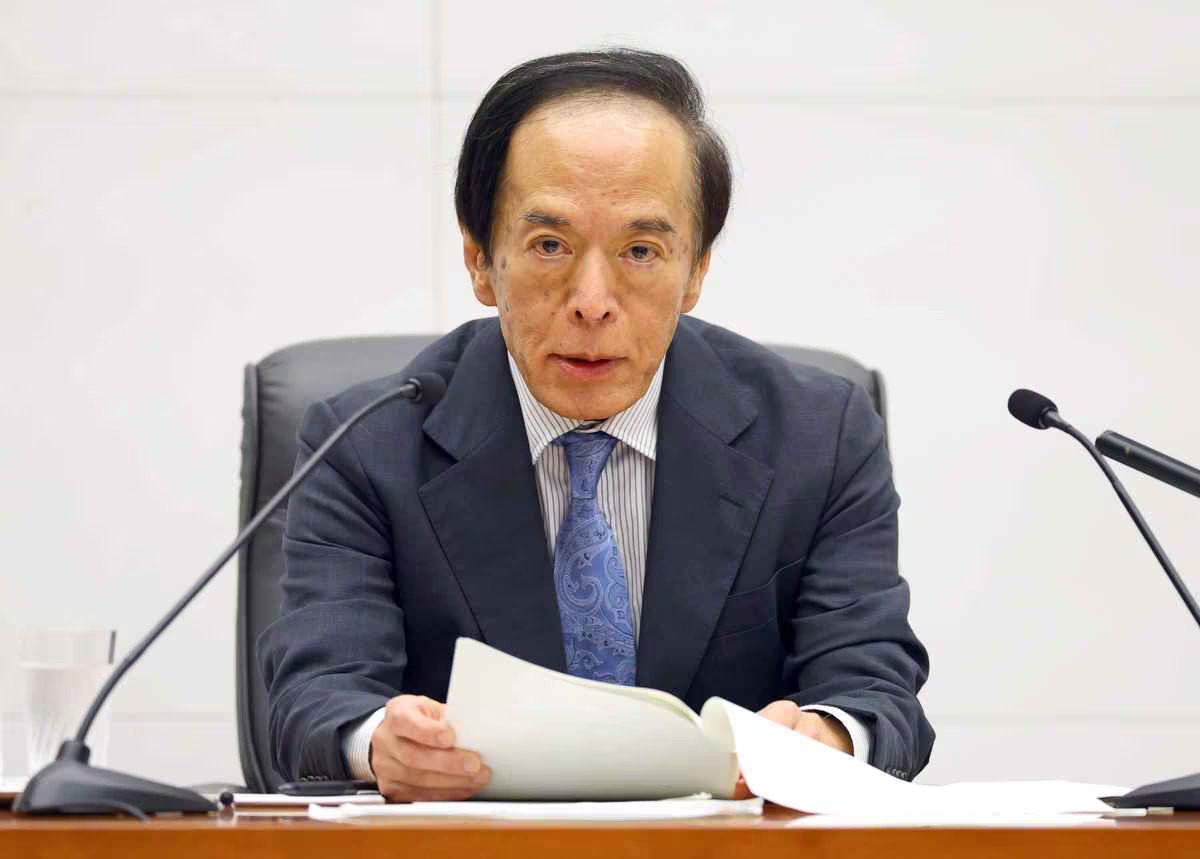US, EU central banks hike rates as markets see looming pause
KUWAIT: In the US, the manufacturing sector grew rapidly, with the latest flash manufacturing PMI coming at 49.0 from 46.3 previously, and beating the expected figure of 46.1.

NBK Tower.
Services, on the other hand, slowed down reaching a figure of 52.4 from 54.4 previously. The slowdown in the services sector is seen as a sign of relief for the Fed, who are anxious to see activity cool to lower inflation.
Federal funds rate
The Federal Reserve delivered a unanimous 25bps hike taking the fed funds rate to a target range of 5.25 percent -5.5 percent, in line with market expectations. Fed Chairman Jerome Powell stressed that inflation “has a long way to go” before reaching the Fed’s 2 percent target. Powell added, “It’s certainly possible that we will raise funds again at the September meeting if the data warranted.” In their policy statement, the Fed asserted that they “will continue to assess additional information and its implications for monetary policy.”
Markets are currently pricing in an 80 percent probability of a pause at the September FOMC meeting. Upbeat GDP The US economy grew more than expected after quarterly GDP growth came in at 2.4 percent versus a 1.8 percent forecast and 2 percent previous figure. The better than expected prints comes amid an increase in consumer spending and nonresidential fixed investment. Meanwhile, the number of people filing jobless claims reached a 5-month low, with 221,000 people filing for unemployment benefits versus an expectation of 234,000.
Declining pace of inflation
The key gauge used by the Federal Reserve for inflation readings and interest rate decisions came in better than expected. Headline PCE fell to 3 percent from 3.8 percent previously, while core PCE came in at 4.1 percent from 4.6 percent previously. Both figures came in better than market forecasts in what is a welcome sign for the Federal Reserve. Furthermore, the figures are adding fuel to the narrative of slowing inflation, upbeat economic growth, and trying to engineer a successful soft landing. In addition, personal income on a monthly basis came in at 0.3 percent, which is slightly below expectations of 0.5 percent. Finally, personal spending came in line with expectations at 0.5 percent on a monthly basis. The US dollar index ended the week slightly higher at 101.62.
Eurozone data
Fears of the eurozone going into recession seem to have been reignited, especially after the latest data released. The zone’s two biggest economies, France and Germany, are in contraction territory when it comes to manufacturing, with both readings below the 50 mark. Starting off with France, the latest flash manufacturing PMI came in at 44.5, some way off the forecasted 46.1 figure, while Germany’s is at 38.8.Additionally, there was a decline in the services industry for both countries, with France’s latest flash services PMI reading coming in at 47.4, while Germany’s listed at 52.0, both below expectations. Aided by the disappointing numbers coming out from the bloc’s two biggest economies, the eurozone as a whole declined in both manufacturing and services. With the decline in the services sector, it is evident that the persistent interest rate hikes by the European Central Bank seem to have finally been embedded into the economy.
ECB signals pause
The European Central Bank (ECB) announced that it would raise its benchmark rate by 25bps to 3.75 percent, matching the high last seen in 2001. The decision is in line with market expectations and is the ECB’s ninth consecutive hike in an effort to combat elevated inflation. Speaking on the decision to raise rates, ECB president Christine Lagarde stated that “underlying inflation remains high.” Despite this, Lagarde has signaled for the possibility of a pause as soon as the next meeting. She acknowledged that “The near-term economic outlook for the euro area has deteriorated, owing largely to weaker domestic demand.”
Lagarde stated that the policy meeting in September “could be a hike, could be a pause” in its outcome. In their policy statement, the ECB vowed to remain “data dependent” and acknowledged that “rates will be set at sufficiently restrictive levels for as long as necessary.” Markets are pricing in a pause for the September ECB meeting. The euro ended the week in decline, with the EUR/USD currency pair closing at 1.1015. In the United Kingdom, the private sector is experiencing its weakest pace of growth since January, with flash manufacturing PMI coming in at 45.0 from 46.5 previously. Meanwhile, flash services PMI came in at 51.5 from 53.7 previously. Both readings came in below market expectations amid higher interest rates and elevated cost of living affecting households.
The UK has managed to defy expectations and avoid a recession in 2023, however the latest data is among other worrying signs that a slowdown is on the horizon. Chief business economist at S&P global Chris Williamson stated that “manufacturers are cutting production in response to a worryingly severe downturn in orders, both from domestic and export markets.” Markets are pricing in a 25bpshike for the upcoming Bank of England meeting. Furthermore, rates are expected by markets to peak at 5.75 percent, down from expectations earlier in the month of 6.5 percent. The sterling ended the week relatively flat, with the GBP/USD currency pair closing at 1.2850.
Inflation slows in Australia
Inflation in Australia slowed down more than expected, with prices rising 0.8 percent on a quarterly basis versus 1.4 percent previously. On an annual basis, this represents a 6 percent increase versus 7 percent previously. Both annual and quarterly prints came in much less than market expectations, easing pressure on the Reserve Bank of Australia (RBA) to deliver another rate hike. Prior to the inflation readings, markets were anticipating a 50 percent chance of a rate hike by the RBA. This has since decreased to 23 percent chance of a hike as moderation of price pressures for domestic travel, accommodation, and automotive fuel helped soften Australia’s inflation readings. The AUD/USD currency pair ended the week lower, last trading at 0.6649.
BoJ holds rates
The Bank of Japan (BOJ) announced that they would hold interest rates at -0.10 percent, matching market expectations. Despite this, the BOJ tweaked its policy by allowing more flexibility in its efforts to control the yield curve. Historically, the BOJ have always seemed reluctant to adjust their ultra-loose monetary policy. However, months ago the central bank shocked markets by allowing its 10-year bond yields to reach a threshold of 0.5 percent. Similarly, the BOJ surprised markets this time by increasing that threshold to 1 percent.
Some market speculators see this as a move that could potentially translate to a gradual shift away from their historical loose monetary policy. However, markets do not anticipate for an emergence in any tightening whatsoever as it prices in a 97 percent probability of no hike in their next meeting. The Yen gained following the central bank’s decision to tweak yield curve policy before reversing, as the USD/JPY pair ended the week at 141.15.
Kuwait
Kuwaiti dinar USD/KWD closed last week at 0.30660.











